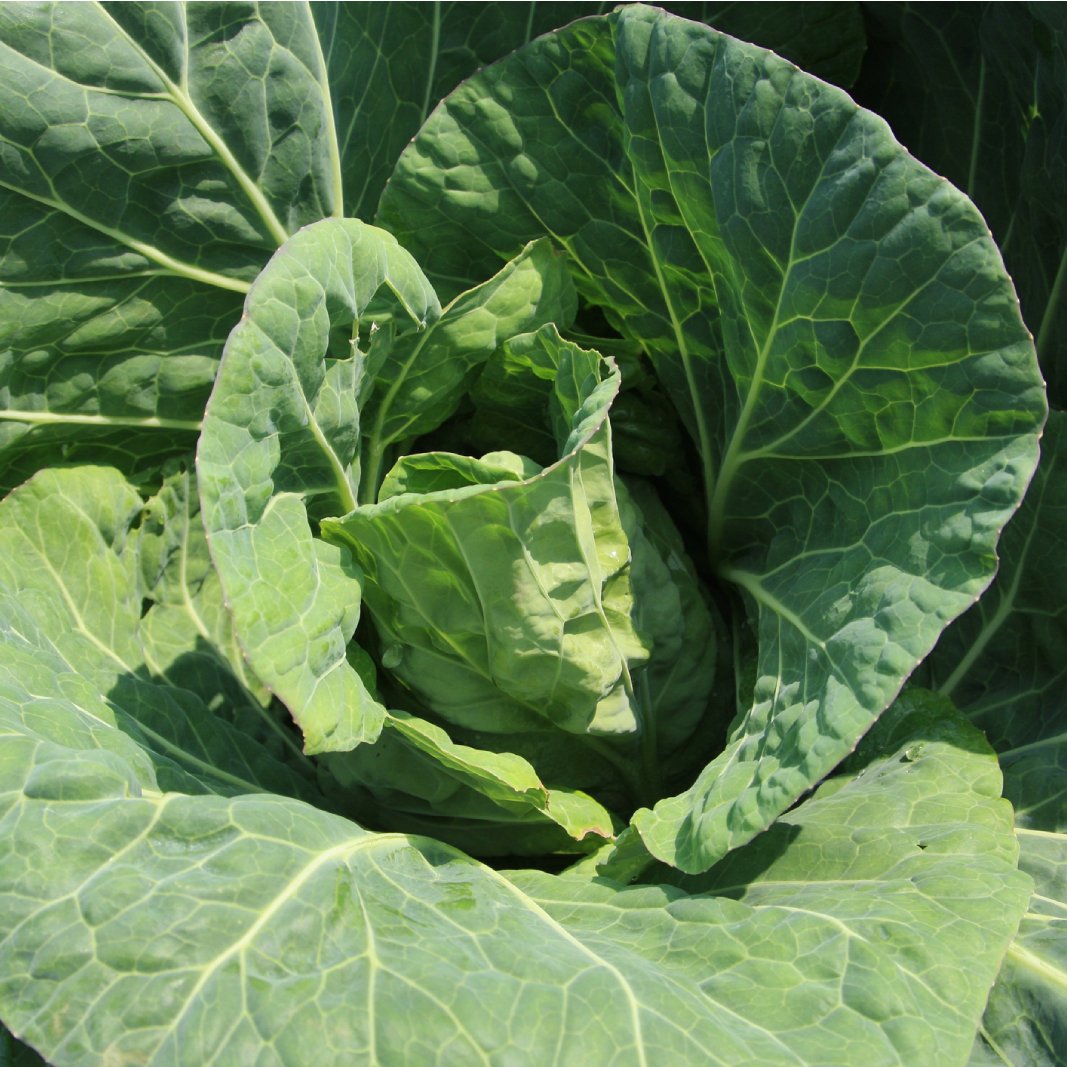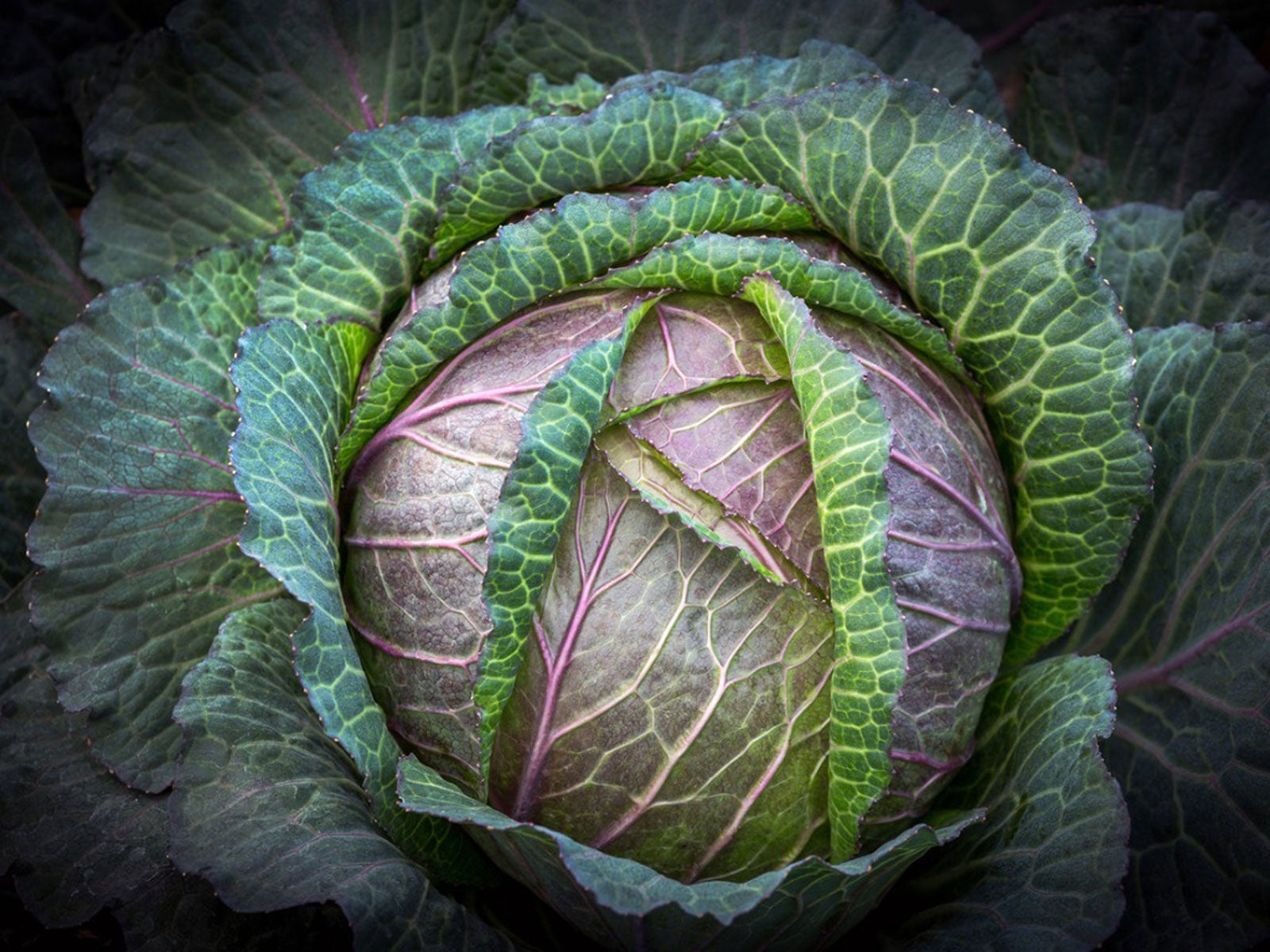Cabbage
When it comes to growing cabbages, it helps to be prepared. That said, here is some useful information on cabbage plant growing that should help you each step of the way. Keep reading for tips on how to care for cabbages in the garden as well as how to deal with cabbage pests and other issues affecting your cabbage plants.
-

Types Of Cabbage – Different Cabbages To Grow In Gardens
There are many different delicious varieties of cabbages available to grow. But which one is right for your garden? Find out.
By Amy Grant
-
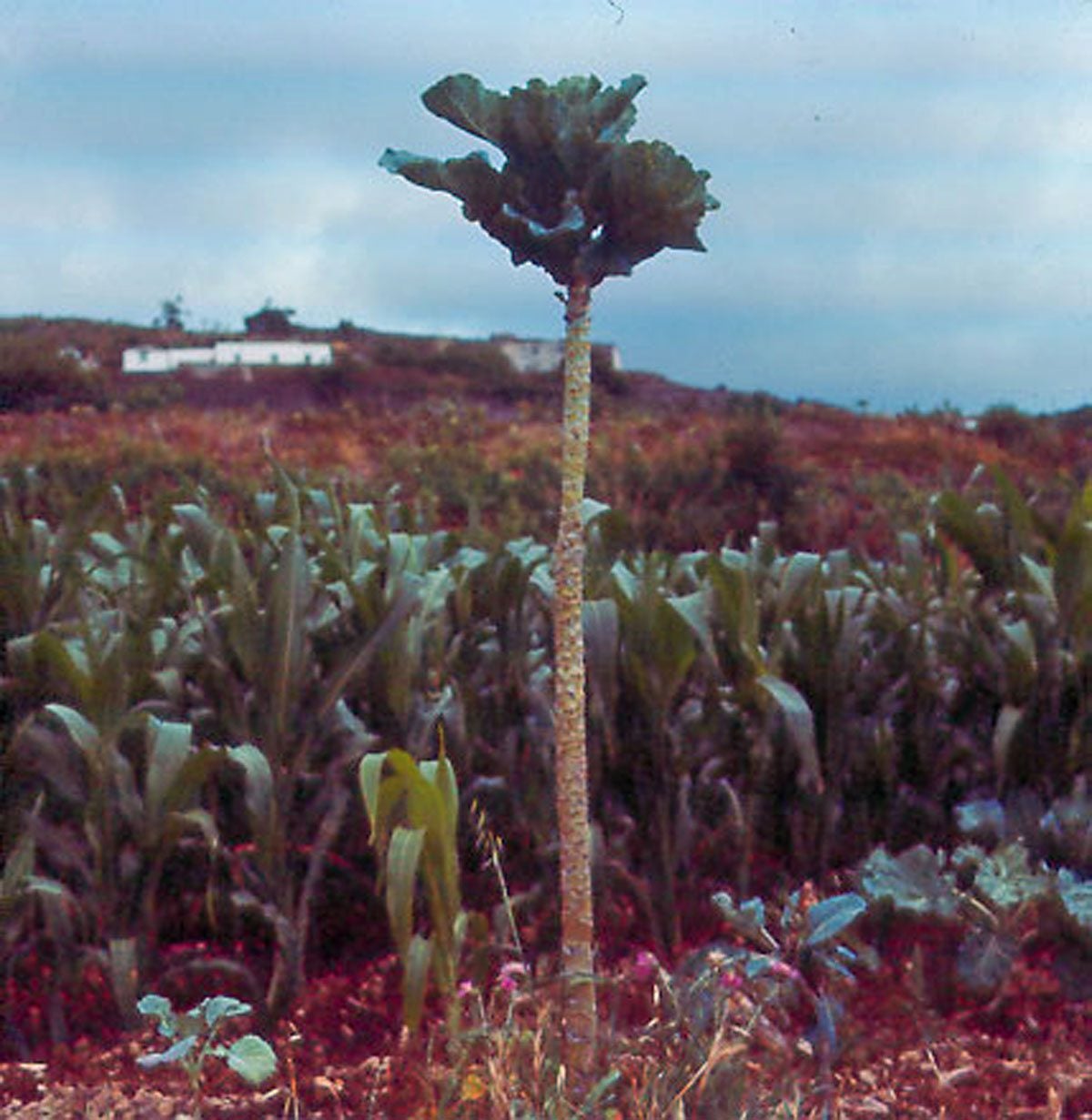
What Is Walking Stick Cabbage: How To Grow Walking Stick Cabbage
Walking stick cabbage plants produce cabbage-type leaves atop a long, sturdy stem. The stem can be dried, varnished, and used as a walking stick. It is among the more unusual garden veggies. Click this article for information about walking stick cabbage.
By Teo Spengler
-
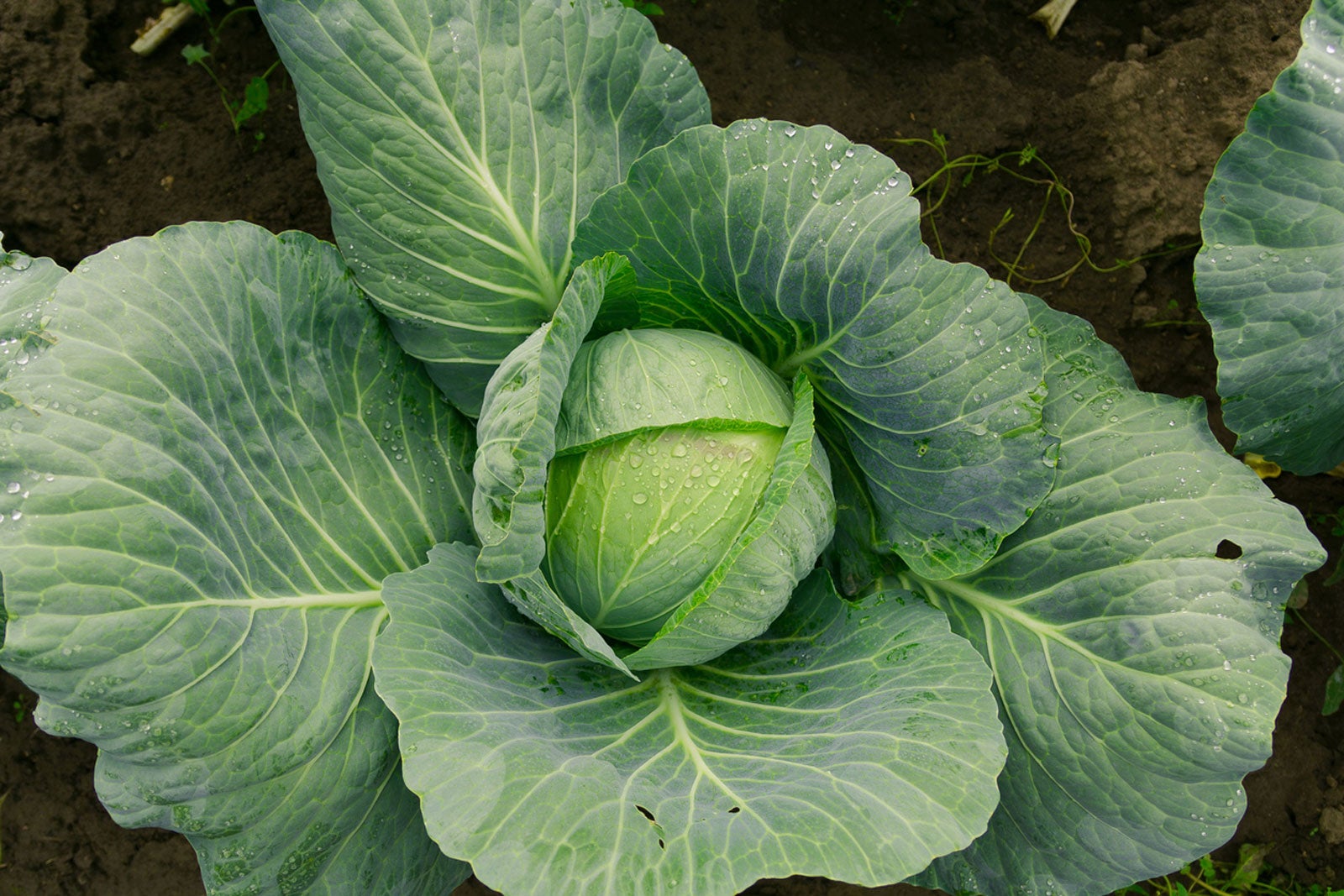
Gonzales Cabbage Plant Info – How To Grow Gonzales Cabbage
: Gonzales cabbage variety is a green, early season hybrid that produces mini heads and takes 55 to 66 days to mature. The firm, softball-size heads mean less waste. They are a perfect size for most family-size cabbage meals and have a sweet, spicy taste. Learn more here.
By Susan Albert
-
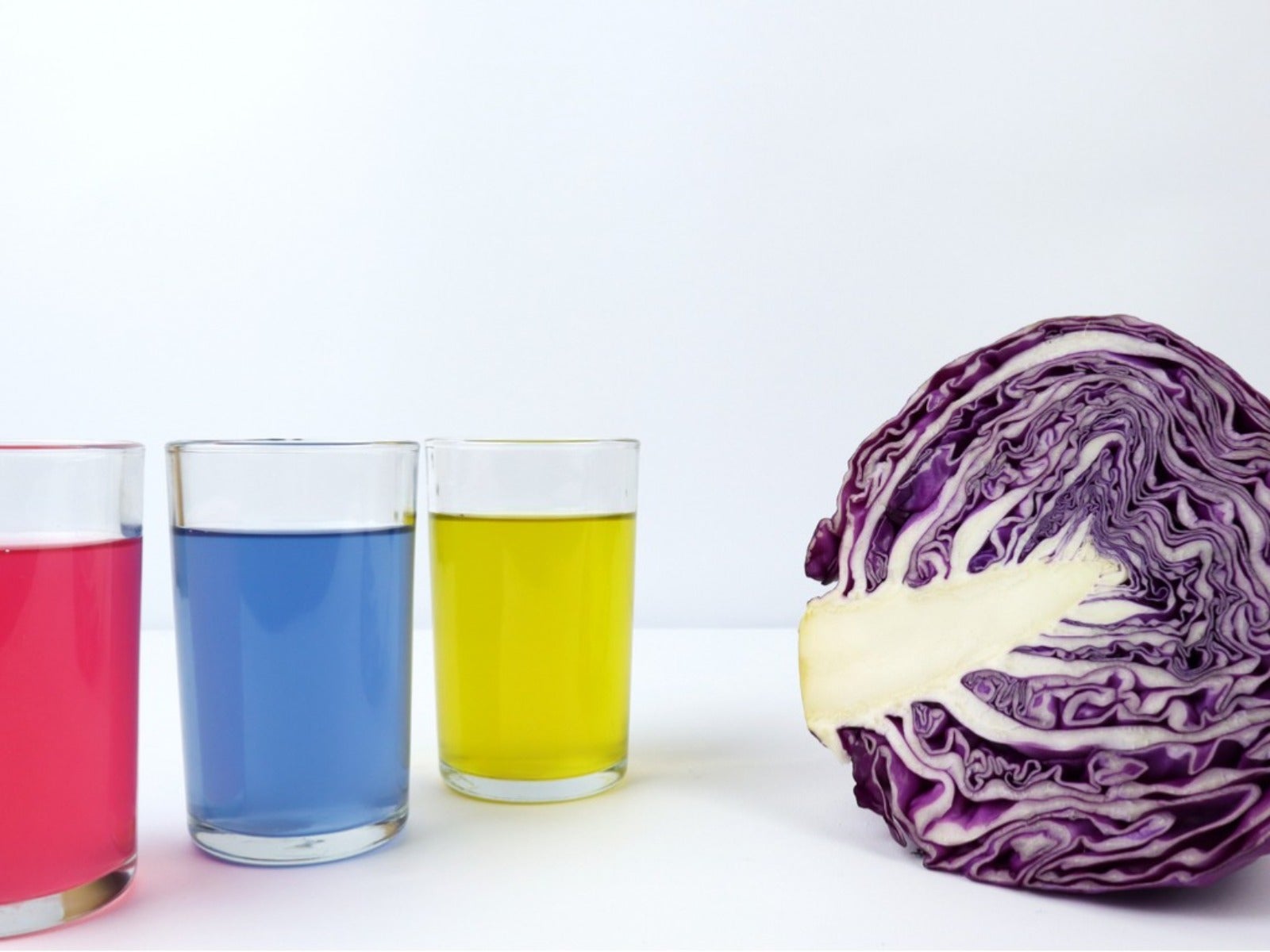
Using Red Cabbage As A pH Indicator In Soil
Learn about this great way to test the pH balance in your soil using red cabbage. It’s a fun DIY project.
By Amy Grant
-
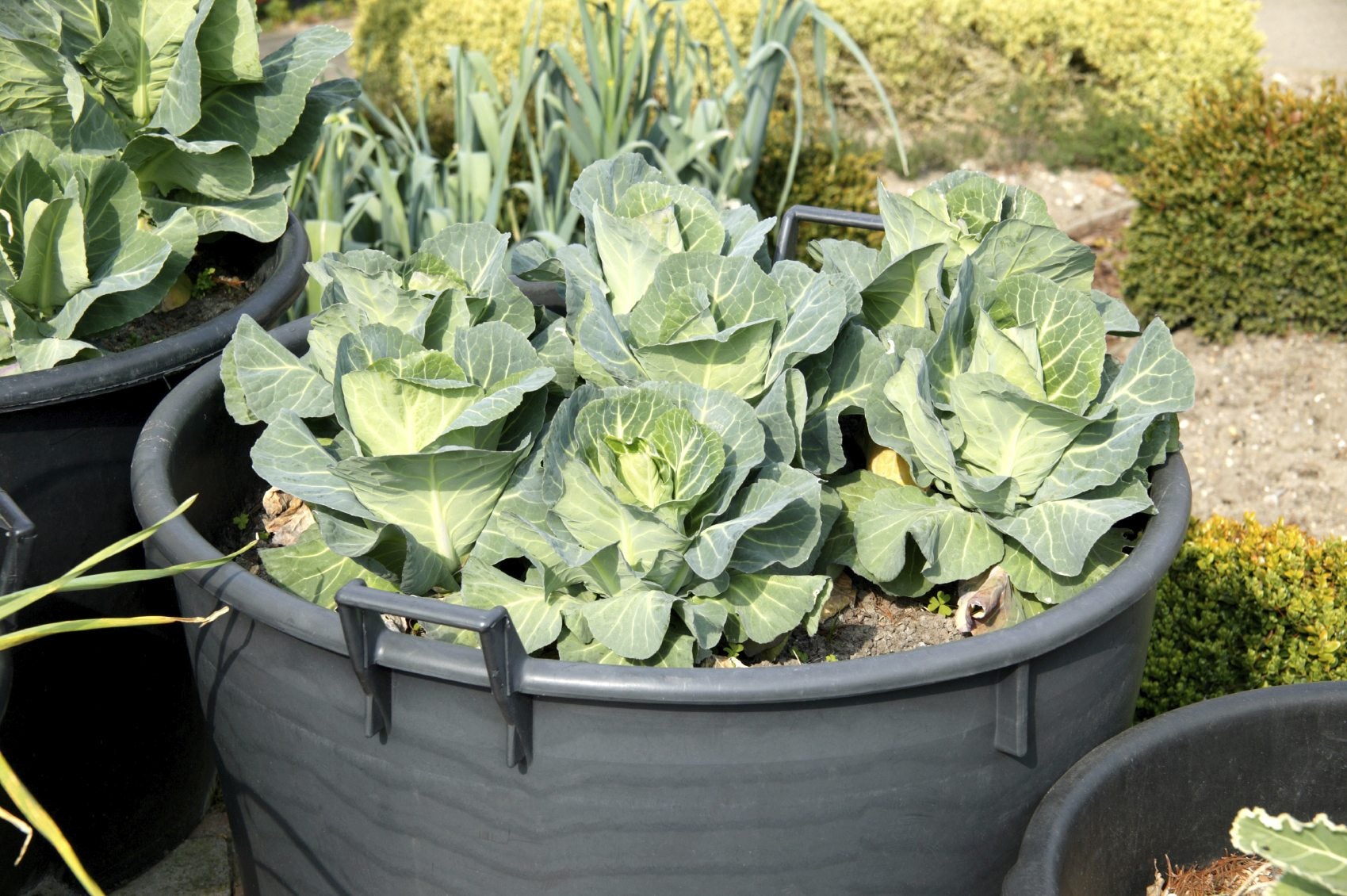
Cabbage Container Care: Tips For Growing Cabbage In Pots
Growing vegetables, like cabbage, in containers is a great alternative to planting them in beds in the ground. Learn how to grow cabbage in containers in this article. Click here for more information.
By Liz Baessler
-
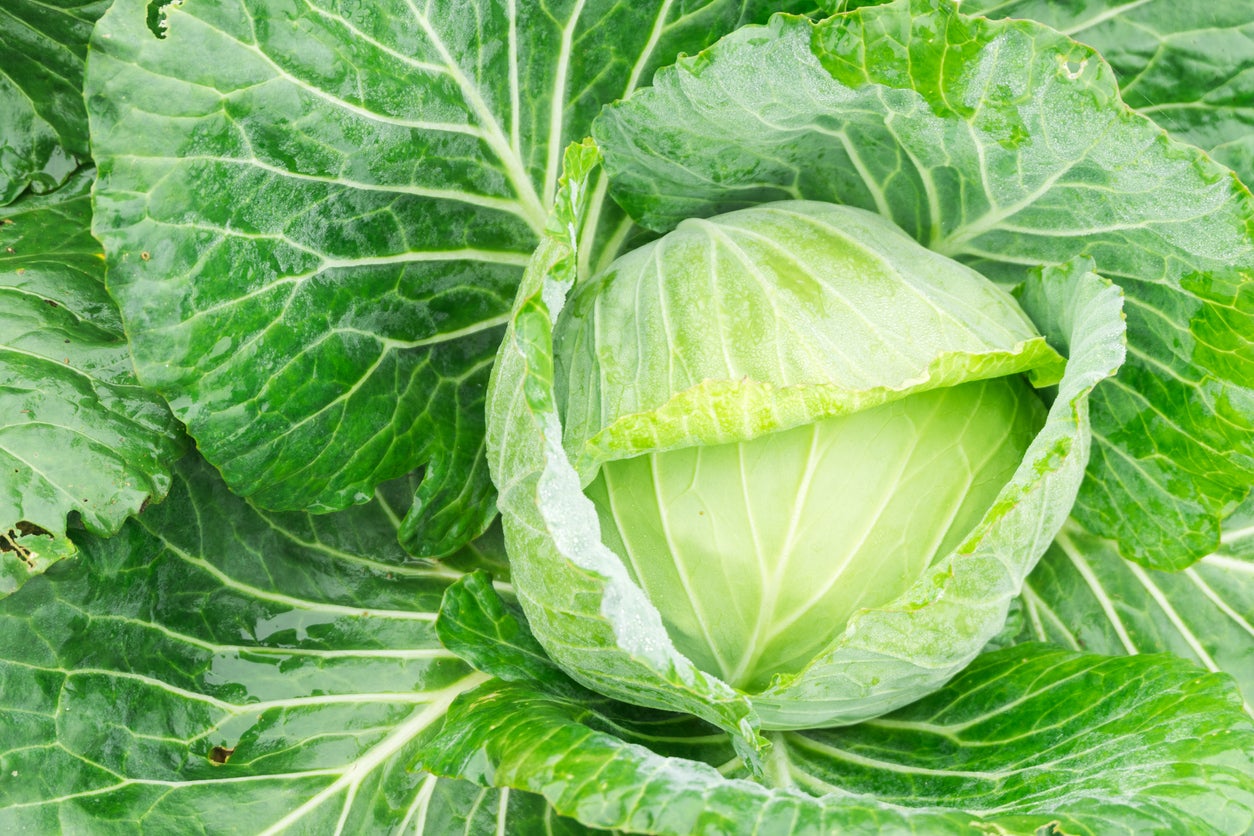
Early Golden Acre Cabbage Variety: How To Grow Golden Acre Cabbage
Ranging in size, texture, and color, different open pollinated varieties of cabbage allow growers to choose the plants which best suit their garden and their growing zone. ‘Golden Acre’ is prized for its compact size and early maturity in the garden. Learn more here.
By Tonya Barnett
-
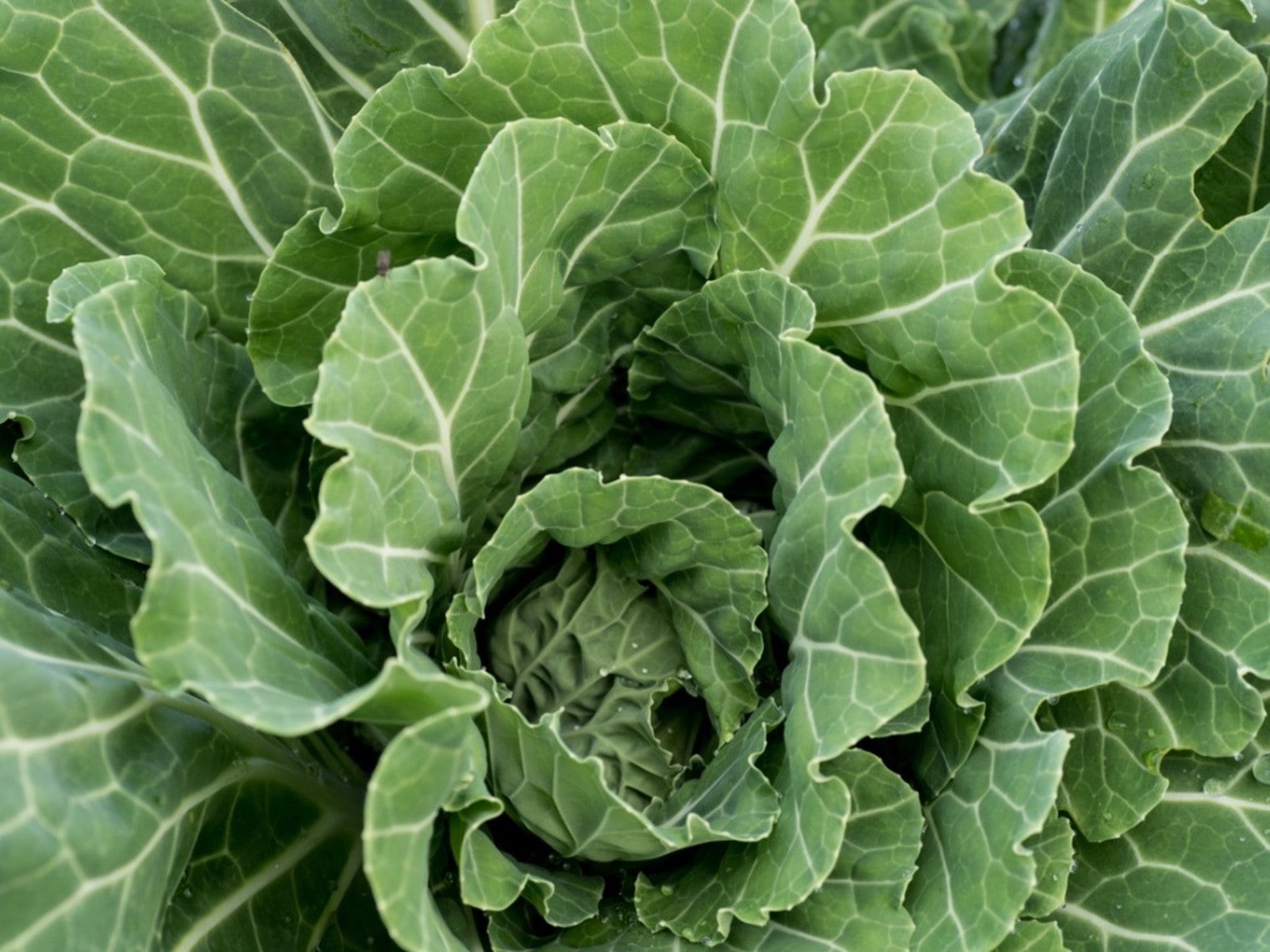
Is Colewort A Vegetable - Growing Colewort Plants In The Garden
Colewort plants are unique in that they are a medieval version of cabbage. For more information about colewort and its uses, read on.
By Bonnie L. Grant
-
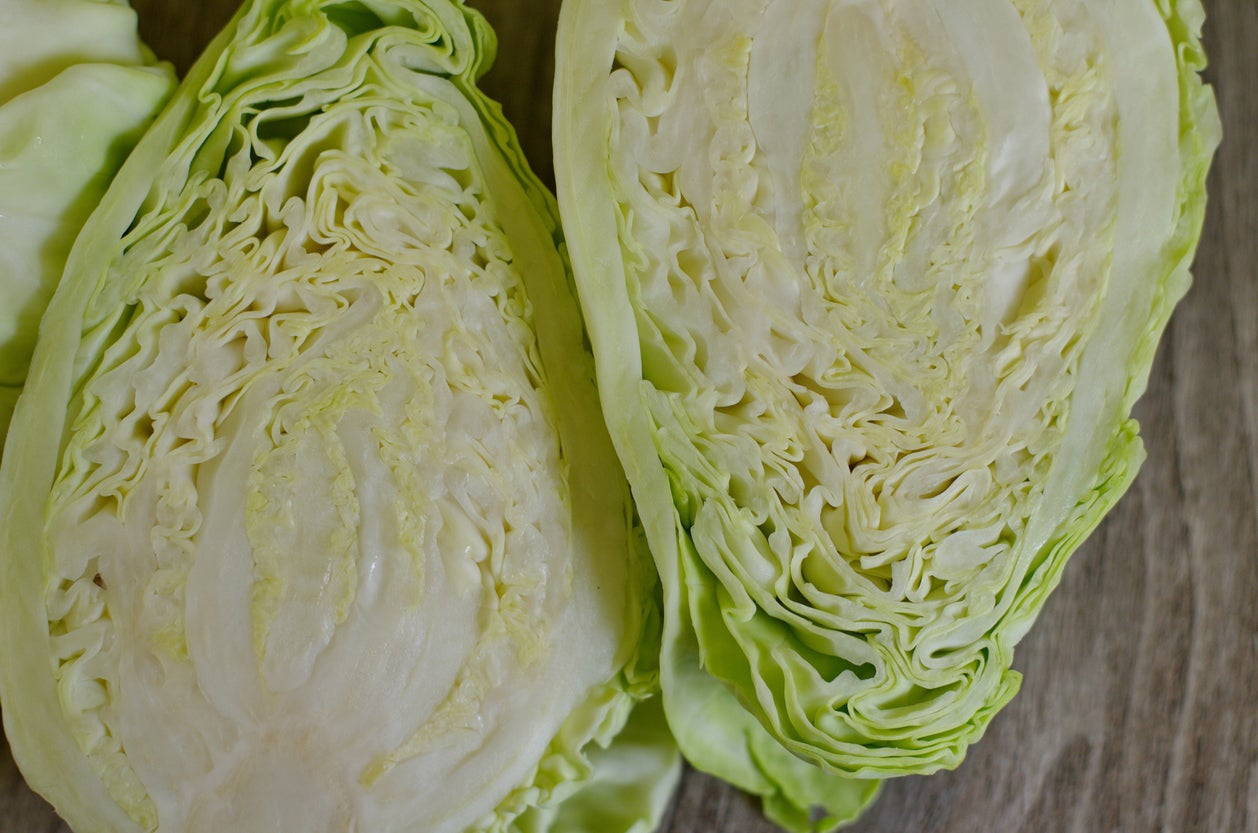
Heirloom Cabbage Plants – How To Grow Charleston Wakefield Cabbages
If you're looking for a variety of heirloom cabbage plants, you might want to consider growing Charleston Wakefield. Although the heat-tolerant cabbages can be grown in almost any climate, Charleston Wakefield was developed for southern U.S. gardens. Learn more here.
By Laura Miller
-
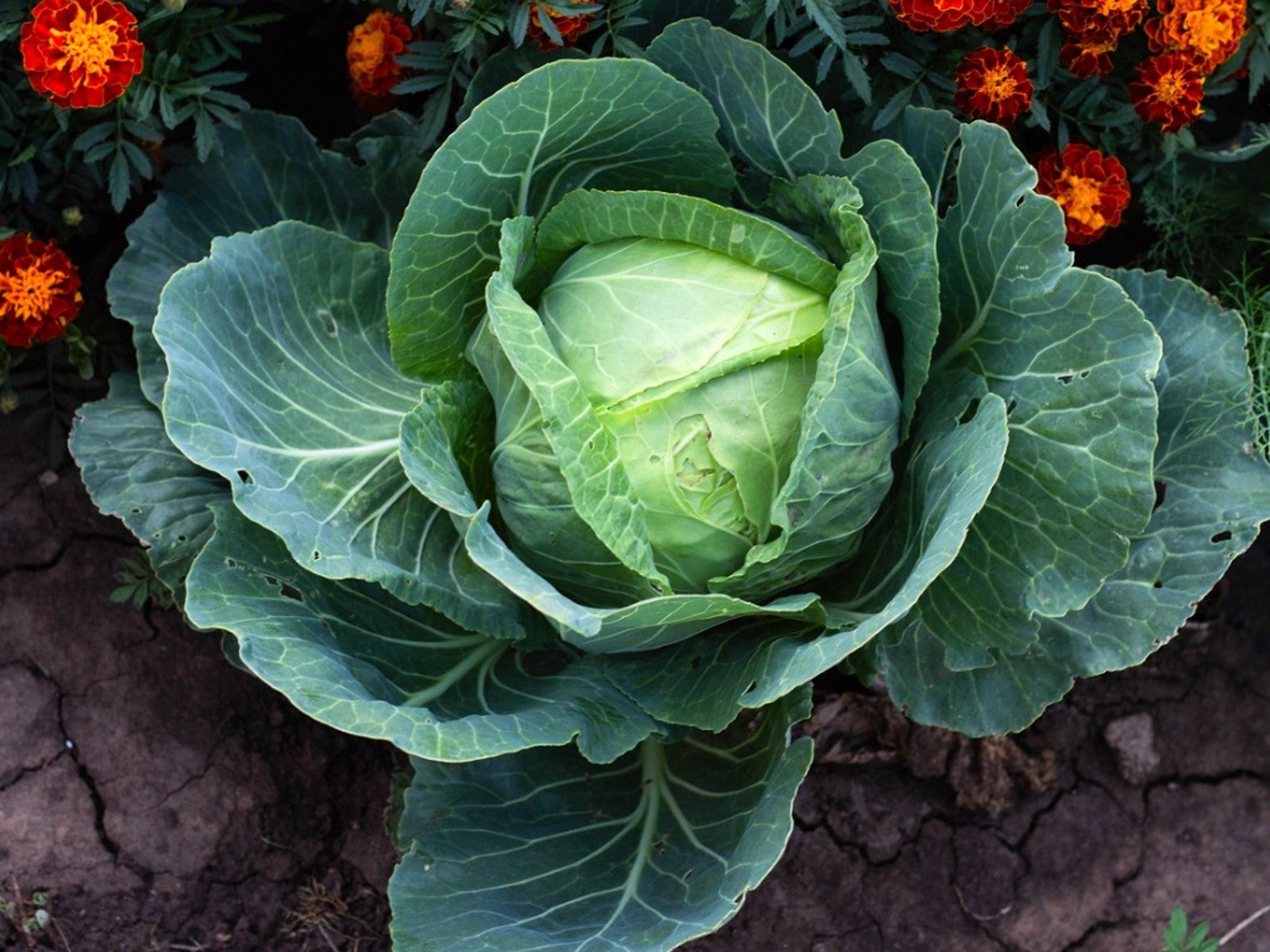
Tips For Companion Planting With Cabbage
Companion planting has numerous benefits, such as creating diversity in the garden. Read on to learn about cabbage companions.
By Amy Grant
-
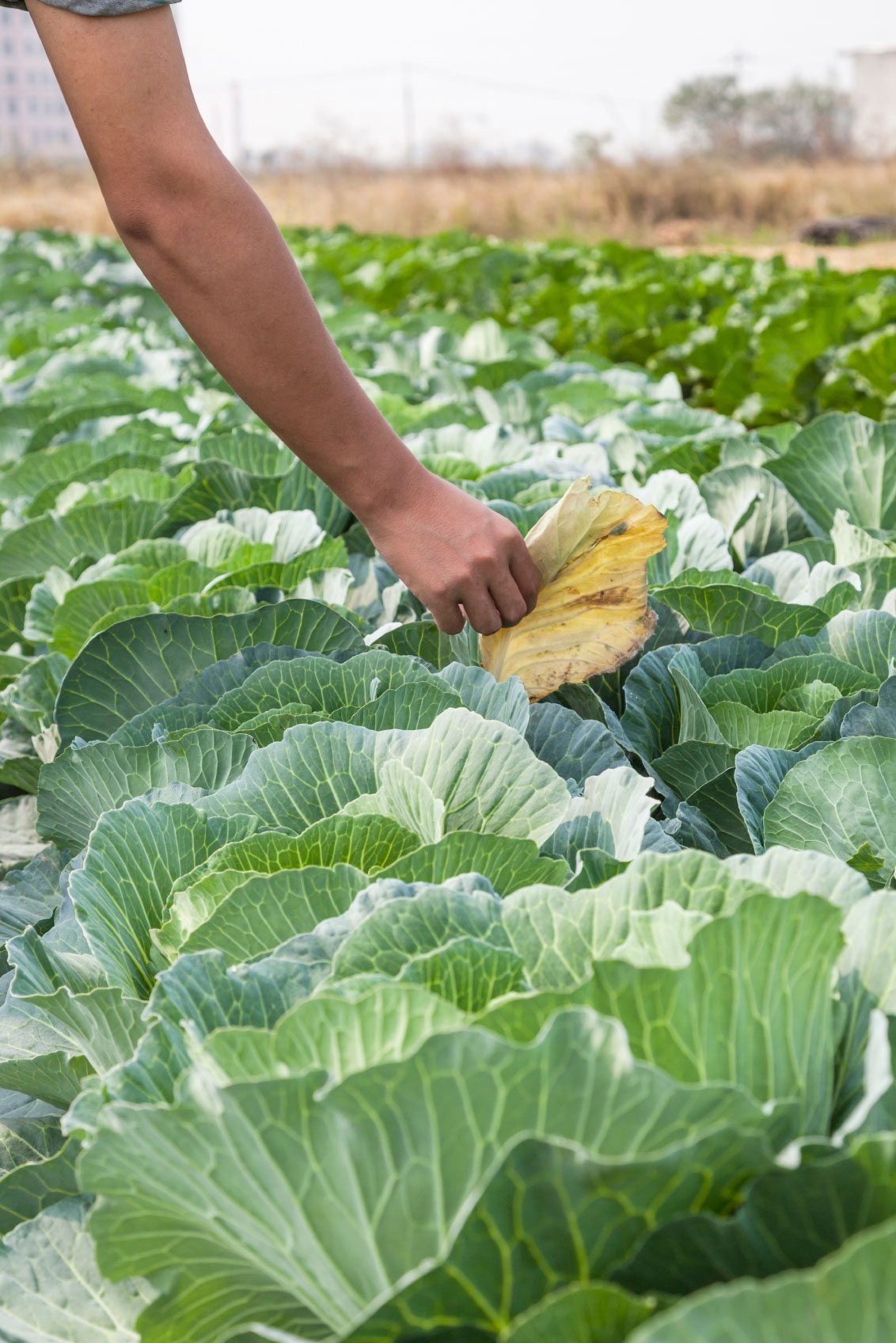
Can You Prune Cabbage: Information On Pruning Cabbage Leaves
As with any garden crop, cabbage is prone to some issues. Perhaps the leaves are on the ground and beginning to rot or hanging over other crops. So what to do? The answer would be in pruning the cabbage leaves, but can you prune cabbage? Find out here.
By Amy Grant
-
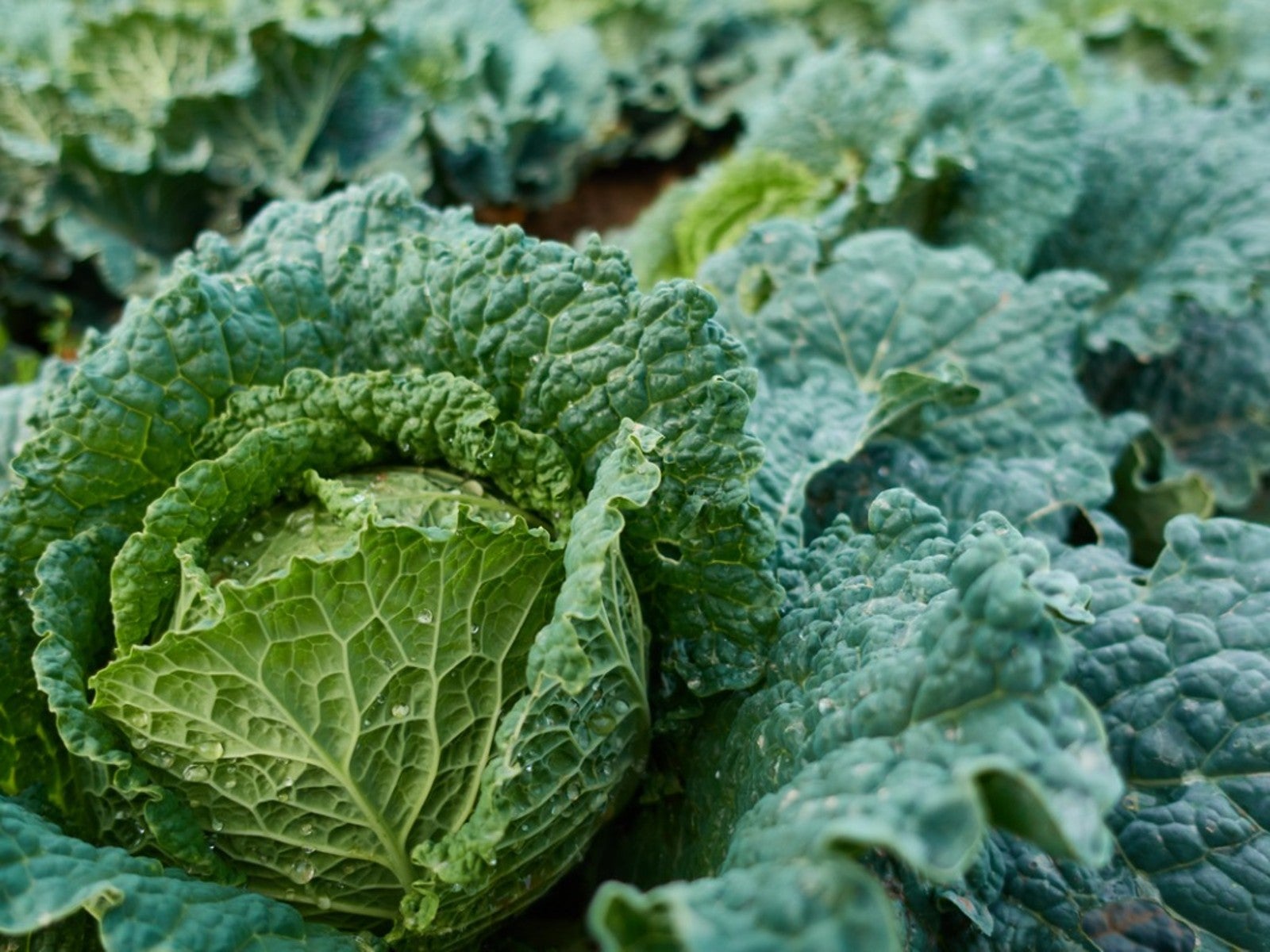
What Is Savoy Cabbage: Information On Growing Savoy Cabbage
If you, like myself, dislike cabbage as a general rule, have I got a cabbage for you - savoy cabbage. What is savoy cabbage and how does savoy cabbage vs. green cabbage stack up? Click on this article for more information and find out!
By Amy Grant
-
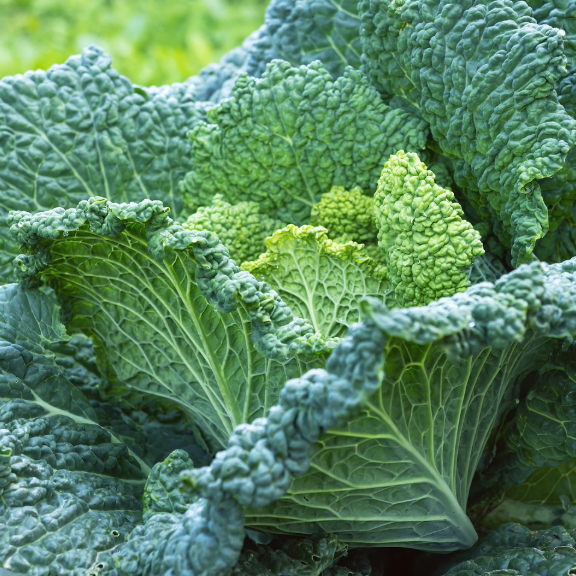
Aubervilliers Cabbage Plant History And Facts
Aubervilliers cabbage has a rich and storied history in a very specific part of France. Here's its story.
By Bonnie Grant
-

Information On Kaibos Red Cabbage
By Teo Spengler
-
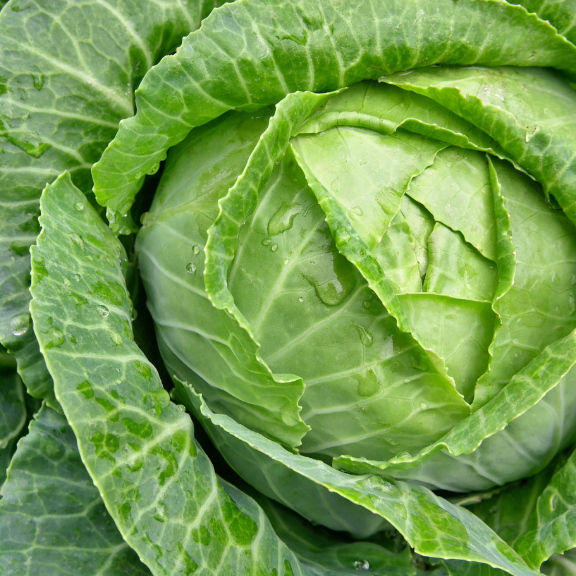
National Cabbage Day: History And Fun Facts About Cabbage
Here's a rundown of cabbage plant history for you to digest while you're planning that favorite National Cabbage Day dish.
By Laura Miller
-

Murdoc Cabbage Variety: Learn About Murdoc Cabbage Care
If you like the texture and flavor of Caraflex cabbage, consider growing Murdoc cabbages. For more information on the Murdoc cabbage variety, click here.
By Laura Miller
-
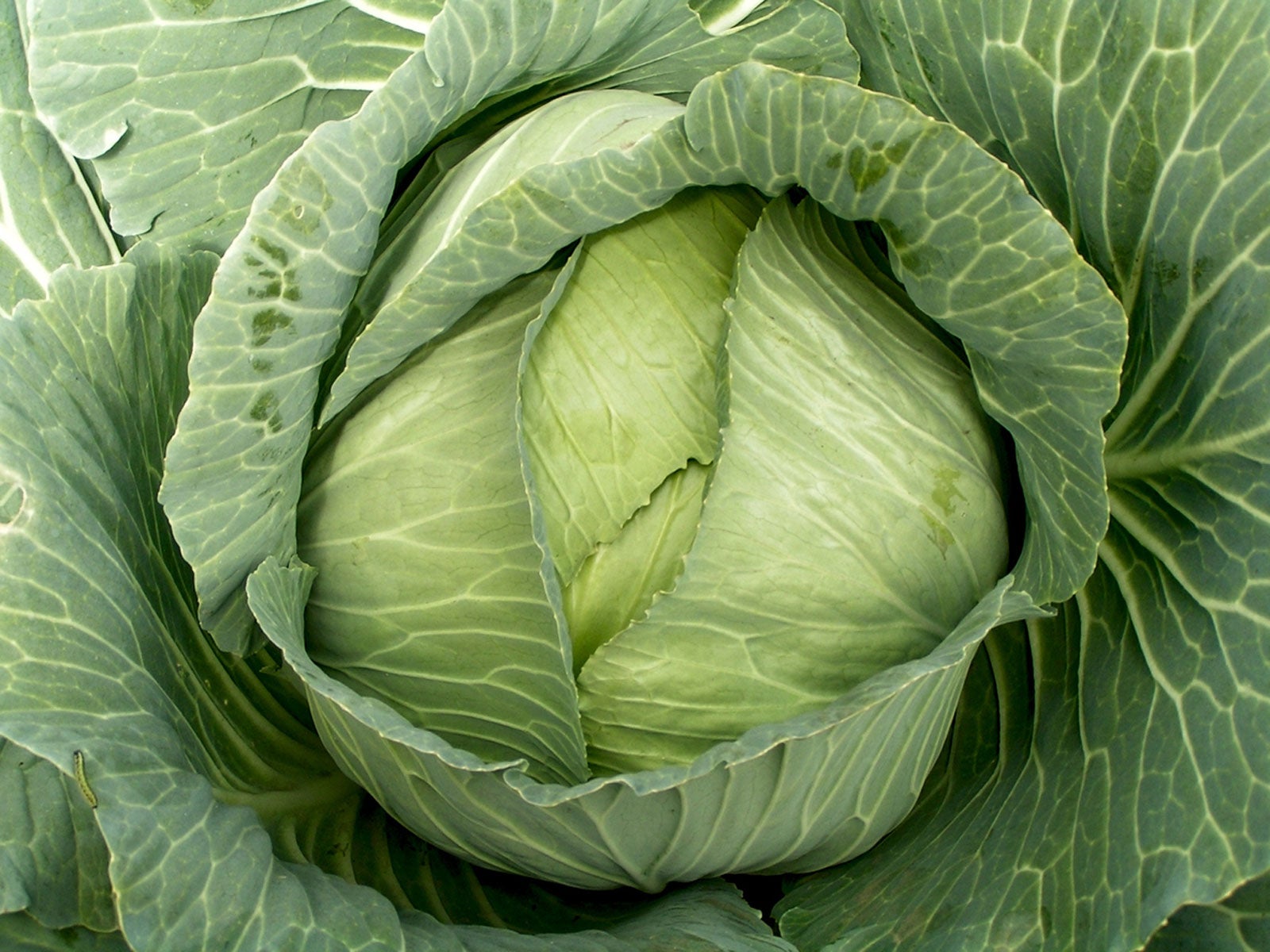
Late Flat Dutch Cabbage Plants – How To Plant Late Flat Dutch Cabbage
Try growing Late Flat Dutch cabbage if you like a big, firm cabbage with excellent flavor. This cabbage variety really delivers in terms of quality, quantity and heads that keep for a long time. To learn how to plant Late Flat Dutch cabbage, click the following article.
By Bonnie L. Grant
-

Heirloom Cabbage Info: Tips For Growing Danish Ballhead Cabbage Plants
Cabbage is a very popular winter crop, and among favorite varieties to grow is Danish Ballhead cabbage. Interested in learning how to grow this type of cabbage? For more information about the Danish Ballhead cabbage variety, click the following article.
By Teo Spengler
